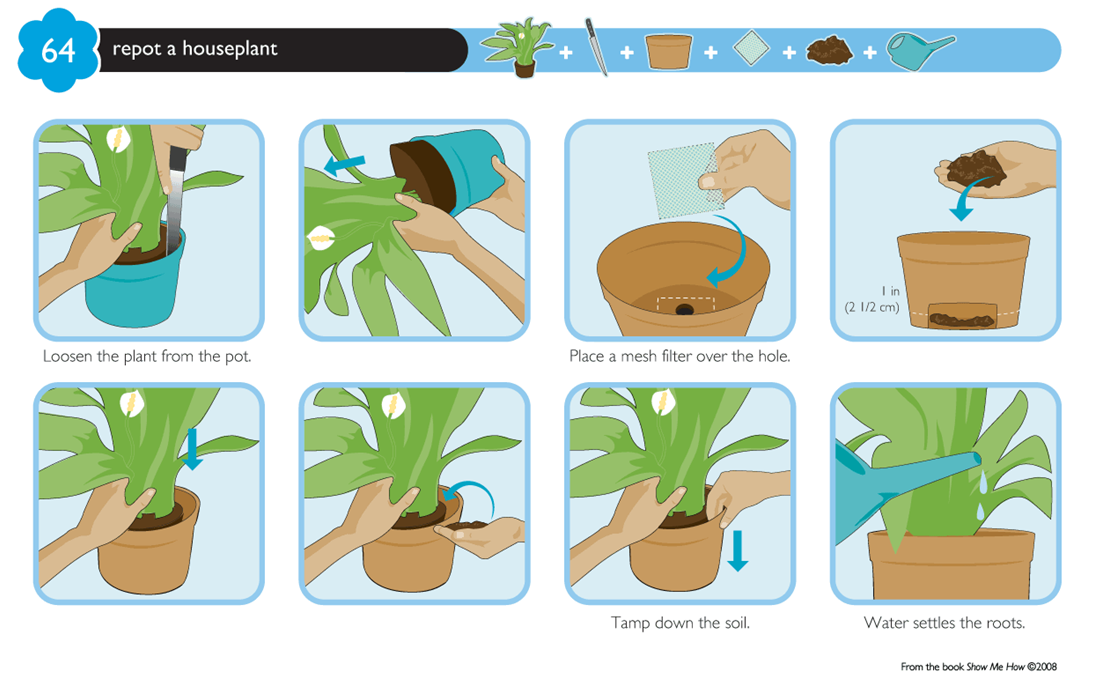Potting a cactus is an essential skill that every succulent enthusiast should master. Cacti are renowned for their hardiness and unique aesthetic appeal, but they do require specific care and conditions to thrive. In this guide, we will delve into the intricacies of potting a cactus, ensuring optimal growth and longevity for your prickly companion.
When it comes to the delightful realm of cacti, understanding the plant’s physiology and environment is paramount. These desert inhabitants have evolved to endure arid conditions, making their requirements significantly different from those of other houseplants. Here, we will explore the appropriate tools, materials, and techniques necessary for successful potting.
The fundamental step in potting a cactus is selecting the right vessel. Ideal pots must possess appropriate drainage capabilities. Cacti are particularly susceptible to root rot, a condition exacerbated by excess moisture. Here are key factors to consider when choosing a pot:
Material Matters
When selecting the pot, consider using clay or terracotta materials. These porous options allow moisture to evaporate more swiftly than plastic, contributing to healthier root systems.
Size is Crucial
The size of your pot should correspond to the cactus’s current growth stage. A pot that is too large can retain excess moisture, while one that is too small may inhibit growth. A good rule of thumb is to choose a pot that is approximately one size larger than the current pot, allowing the roots sufficient space to spread.
Choosing the Right Soil Mix
Next, the choice of soil is critical. Cacti thrive in well-draining soil that mimics their natural environment. A commercial cactus mix is often sufficient, but you can also create your own blend. The ideal combination typically consists of:
- 1 part potting soil
- 1 part sand or perlite
- 1 part gravel or pumice
This blend ensures aeration while allowing for adequate drainage. Mixing coarse materials with organic matter will facilitate healthy root development.
Time to Pot: Step-by-Step Instructions
Now that you have your materials ready, it’s time to pot your cactus. Follow these simple instructions for optimal results:
1. Prepare Your Workspace
Begin by selecting a functional, clutter-free workspace. It might be beneficial to perform this task outside or on a surface that you don’t mind getting a little dirty. Gather your pot, soil mix, gloves, and any additional tools.
2. Ensure Safety and Comfort
Don gloves during the potting process to protect your hands from spines. Tweezers can also be helpful for handling particularly spiky specimens.
3. Add Soil to the Pot
Fill the base of your pot with your prepared soil mix. Ensure that the layer is sufficient to support the roots, typically about one-third of the pot’s height.
4. Position Your Cactus
Gently remove the cactus from its old pot, loosening the roots if they are tightly bound. Hold it by the base, taking care to minimize stress on the plant. Position it in the new pot, ensuring that the top of the root ball is level with the rim of the pot.
5. Backfill with Soil
Once your cactus is properly positioned, backfill around the sides with your potting mix. Firm the soil gently, but avoid compacting it too much, as cacti prefer loose, aerated soil.
6. Water Sparingly
Before placing your newly potted cactus in its designated location, it is advisable to allow the soil to settle. Water lightly, just enough to dampen the mix without saturating it. Allow the plant to rest for a week before watering again.
Perfecting the Aftercare
Potting a cactus is just the beginning. To ensure your plant thrives, it is essential to understand its aftercare needs.
Optimal Light Conditions
Cacti flourish in bright, indirect sunlight. When acclimating your newly potted plant, keep it shaded for a few days and then gradually introduce it to its bright surroundings. Full sun exposure can cause sunburn.
Watering Techniques
Adopting a sparse watering schedule is critical. Generally, watering every two to three weeks is sufficient, depending on environmental conditions. Always check the soil moisture before watering—allow it to dry out substantially between waterings.
Nourishment and Fertility
Feeding your cactus with a diluted liquid fertilizer is beneficial during the growing season, typically in the spring and summer months. Opt for a fertilizer specifically formulated for cacti, as it will provide the necessary nutrients in the right concentrations.
Monitoring Problems and Pests
Although robust, cacti can be susceptible to specific pests such as mealybugs or spider mites. Inspect your plant regularly for signs of distress, such as discolored spots or wilting. Prompt intervention can preserve the health of your cactus.
In conclusion, potting a cactus is a rewarding venture that not only enhances your indoor ecosystem but also fosters a deeper connection with nature. By mastering the steps outlined above, you can ensure your cactus flourishes in its new home, adding beauty and character to your space.





Leave a Comment